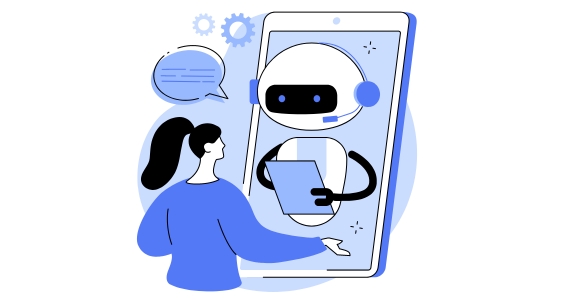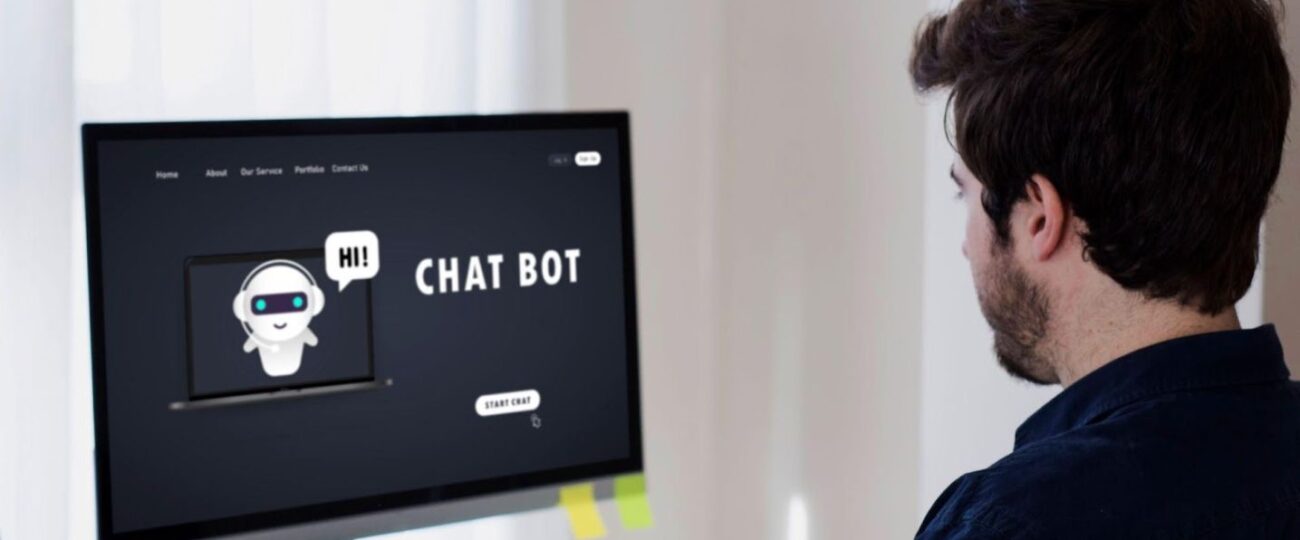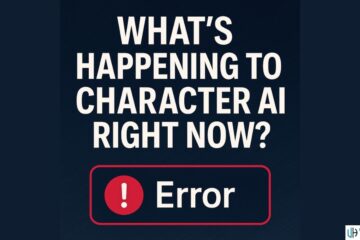Don’t Believe Everything You Hear: AI Chatbot Myths Debunked!
From sci-fi movies to news headlines and enterprise searches, chatbots are often portrayed as emotionless robots replacing human jobs or sentient beings ready to take over the world.
But the reality is far more nuanced and interesting than people think. AI chatbots have evolved into sophisticated tools capable of natural conversations, revolutionizing how we interact with businesses, access information, and entertain ourselves.
As AI chatbots are the talk of the town, it’s evident that there will be some misconceptions by non-users. So, to break all those myths, we are here today to burst all of them for you.
In this blog, we will debunk some of the most common myths surrounding AI chatbots and reveal their true potential.
Stay connected till the end!
Myth 1: Chatbots Can’t Have Real Conversations
Remember HAL 9000 from “2001: A Space Odyssey”? Not quite the reality! Modern chatbots, powered by advancements in Natural Language Processing (NLP) and chatGPT chatbots, can understand context, intent, and sentiment.

While they may not possess human emotions, they can engage in meaningful, personalized dialogues. For example, chatbots can answer your questions, provide product recommendations, or even offer emotional support in mental health applications.
Myth 2: Chatbots Are Replacing Human Jobs
This fear-mongering often overlooks the bigger picture. Chatbots excel at automating repetitive tasks like scheduling appointments or answering FAQs, freeing up humans for more strategic and creative work. Think of them as assistants, not replacements.
Studies show that searchAI creates more jobs than it displaces, requiring new skills and fostering human-machine collaboration. So, don’t fear anymore; they are just helpers who make your work easy and won’t take your jobs.
Myth 3: Chatbots Are Just for Customer Service
While customer service remains a significant application, chatbots are making waves in diverse fields. In education, they personalize learning experiences and answer student questions. In healthcare, they provide chat-based health information and support patients.
And in marketing, they engage customers with personalized recommendations and offers. And don’t forget entertainment! Moreover, searchAI chatbot can power interactive narratives and even act as virtual companions.
Myth 4: Chatbots Are Sentient and Can Take Over the World
Hollywood loves this narrative, but fear not! Chatbots are currently incapable of independent thought or feeling. They follow pre-defined scripts and respond based on programmed algorithms.
While advancements in AI are impressive, true sentience is still far beyond our grasp. So, relax. The robot uprising isn’t coming anytime soon.
Myth 5: Chatbots Are All the Same and Offer No Customization
Just like snowflakes, no two chatbots are exactly alike. The level of customization depends on their purpose and development. Simple rule-based bots may offer limited interactions, while advanced AI-powered bots can tailor responses to individual users and preferences.

This customization allows businesses to create chatbots that reflect their brand and target audience. So, understand your needs and use a generative AI to help you with your work.
Myth 6: Chatbots Are Not Secure and Can Be Easily Hacked
Security is a paramount concern with any technology, and chatbots are no exception. Responsible developers prioritize data security and privacy. Reputable AI chatbot employ encryption, access controls, and regular security audits to safeguard user information.
However, like any software, vulnerabilities can exist. Staying informed about updates and security practices is crucial.
Myth 7: Building A Chatbot Is Easy; Anyone Can Do It.
Wishful thinking! While simple chatbots may seem straightforward, creating an effective one requires expertise in NLP, machine learning, and user interface design.
Building complex chatbots that understand intricate contexts and engage in nuanced conversations involves significant development effort and ongoing maintenance.
But you need to build your own when so many amazing chatbots are available. You can check their features and book a demo, as some searchAI chatbots offer it for free.
Conclusion
So, the next time you hear a chatbot myth, remember these intelligent assistants are not here to replace us but to collaborate with us. They can automate tasks, enhance experiences, and offer valuable insights.
By understanding their capabilities and limitations, we can unlock their true potential and build a future where humans and chatbots work together for a better tomorrow.
Try the best AI chatbot yourself, and as we mentioned, don’t always believe what you hear!
See Also: What Is ChatGPT? Get to Know the Viral A.I. Chatbot










